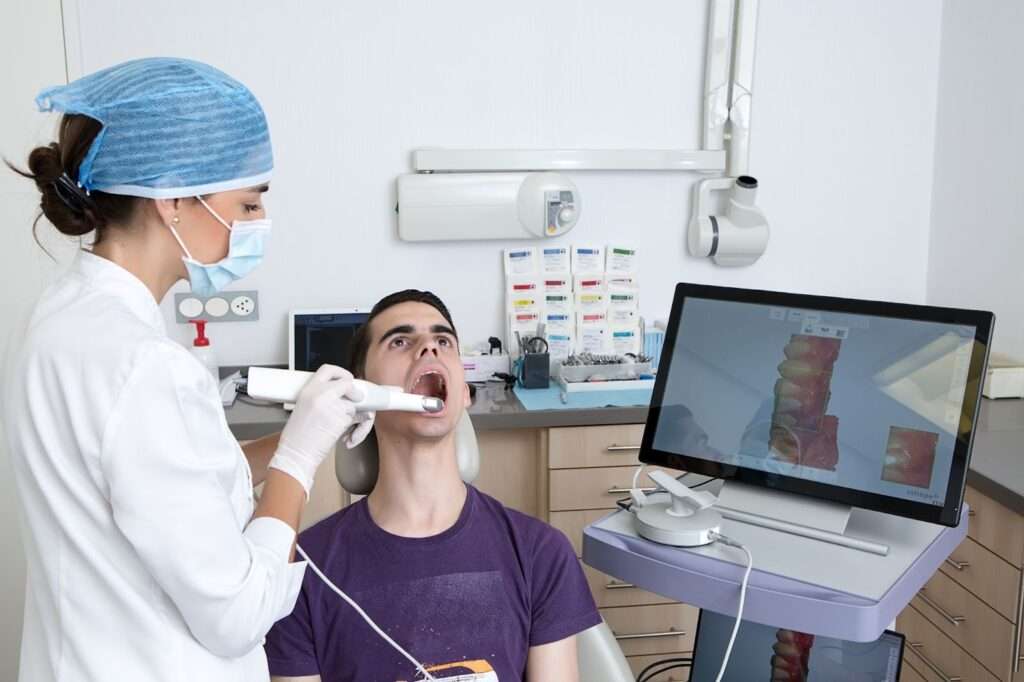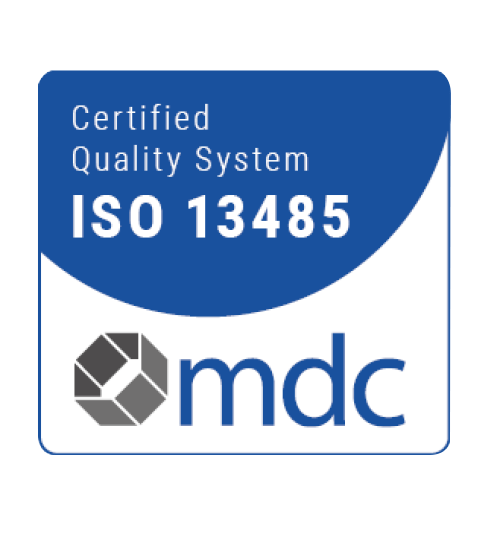Fix Gap in Teeth with Braces or Clear Aligners – Which Is Right for You?
Have you been bothered by a gap in your teeth? You may be asking how to close any gaps in your smile, whether they are tiny spaces between your front teeth or several gaps. The good news? You have choices! Which of the two most common methods to fix gap in teeth —braces or clear aligners—is best for you? Let’s dissect it in a logical manner. Fix Gap in Teeth -Why Do Gaps in Teeth Happen? Understanding the factors behind the development of gaps in teeth requires an initial examination. People naturally possess a gap that commonly forms between their two front teeth. Some people develop gaps between their teeth when their jaw is too large for their teeth or when they lose one or more teeth which leads to shifting of neighboring teeth. The practice of thumb-sucking or tongue thrusting results in gaps over the course of time. The search for how to fix a gap in front teeth may be solved with braces or clear aligners. Fix Gap in Teeth -Why Do Gaps in Teeth Happen? Understanding the factors behind the development of gaps in teeth requires an initial examination. People naturally possess a gap that commonly forms between their two front teeth. Some people develop gaps between their teeth when their jaw is too large for their teeth or when they lose one or more teeth which leads to shifting of neighboring teeth. The practice of thumb-sucking or tongue thrusting results in gaps over the course of time. The search for how to fix a gap in front teeth may be solved with braces or clear aligners. Fix Gap in Teeth – Braces: The Classic Solution Braces have been successfully treating dental conditions for a long period because they produce effective results. The solution for your condition is braces since their size and additional dental issues justify their use over clear aligners. Brackets function effectively to handle various dental issues at the same time because they repair gaps in addition to misaligned teeth and problems such as overbites and underbites. How Braces Work to Fix Gap in Teeth? Braces can be a great way to straighten out your teeth—in fact, if you’re wondering how to fix teeth that are crowded or crooked, braces are often the best option—by using brackets and wires to gradually move your teeth into the proper position, closing gaps and producing a more even smile over time. Pros of Braces: Cons of Braces: Aligners: A Modern, Invisible Fix People who dislike wearing braces for extended periods can probably find aligners as a suitable alternative. Transparency marks the key characteristic of FirstClass Aligners and other clear aligner systems which are plastic devices that move your teeth step by step. The treatment provides excellent silence to fix a gap in teeth so patients can avoid braces. How Aligners Work to Close Gaps? The dental professionals make the aligners specifically adapted to your tooth position. Each short period you progress to different sets of aligners to push your teeth closer together. Small to moderate gaps can benefit from these appliances which provide comfortable treatment without brace interference and thus help to fix a gap in teeth. A standard inquiry among individuals seeks to understand if aligners can fix crossbite? A yes answer exists regarding crossbite treatment using aligners although severe cases may need braces as a suitable alternative. Pros of Aligners: Cons of Aligners: Orthodontic Tools Orthodontic appliances are used to adjust the position of teeth. The four main categories include: Which One Should You Choose? Still not sure whether braces or aligners are right for you? Here are some things to consider: Maintaining That Smile with Retainers Keeping your teeth in place after fixing the gap in your teeth is necessary, regardless of the technique you select. You will require a clear retainer to keep your teeth from moving back after your braces or aligners have finished their job. Gaps could reopen without a retainer, reversing all of your hard-earned gains. By maintaining your teeth in their new position while your jawbone adjusts, retainers aid in maintaining alignment. They come in fixed or removable options which depend on your needs. Wearing a clear retainer at night is an easy and convenient way to ensure that your smile stays perfect. Other Teeth Straightening Options Braces alongside clear aligners represent only several alternatives in teeth straightening that suit different personal requirements. Individuals often choose dental bonding because a tooth-colored resin allows them to close small gaps instantly. The treatment provides fast and comfortable service at a low cost but does not adjust tooth position. Veneers are another option. Porcelain shells that resemble very thin plates receive bonding at the front surfaces of teeth to create a scenario of an immaculate smile without gaps. The installation of veneers requires the reduction of enamel which makes them an irreversible dental treatment. People seeking a non-surgical treatment to address missing teeth spaces should consider dental contouring or reshaping as a potential solution. The treatment brings minimal results to small gaps while ignoring structural teeth modifications that require braces or aligners. Employing a clear orthodontic retainer acts as an effective appliance to minimize gap deterioration whereas other retainers have a similar function. Hawley retainers possess the ability to perform minor adjustments through time yet they demonstrate lesser effectiveness with larger gaps. Braces together with clear aligners stand as the most effective long-term treatments for fixing gaps and appropriately aligning teeth to achieve your perfect smile. Final Thoughts Clear aligners serve as an effective solution to fix a gap in teeth because of their specialized treatment of minor spacing problems. The device offers remarkable discretion along with high comfort levels since users can easily take them out for eating and brushing activities. A gap requiring the more advanced treatment methods of braces should be addressed rather than choosing clear aligners for treatment. Complex teeth problems are optimally treated by braces since these dental devices offer comprehensive alignment solutions that both fixa
Fix Gap in Teeth with Braces or Clear Aligners – Which Is Right for You? Read More »








